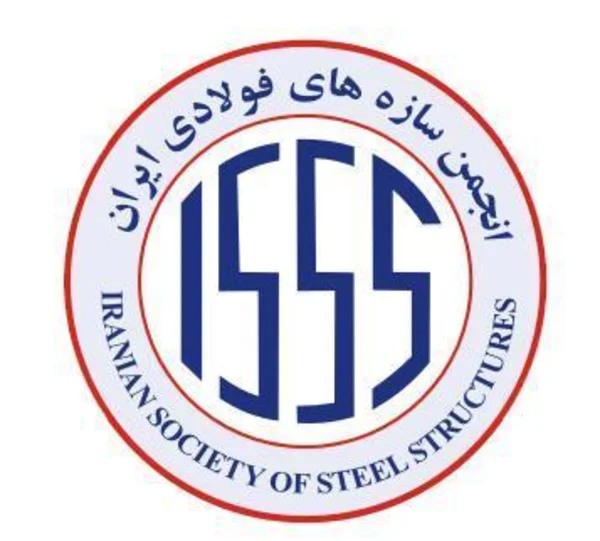-
relations between liquefaction resistance and shear wave velocity as affected by aging of sand deposits
جزئیات بیشتر مقاله- تاریخ ارائه: 1389/01/01
- تاریخ انتشار در تی پی بین: 1389/01/01
- تعداد بازدید: 781
- تعداد پرسش و پاسخ ها: 0
- شماره تماس دبیرخانه رویداد: -
since the shear wave velocity is determined by non-destructive experiments in the narrow range of small strain, some researchers cast doubt on the assessment of medium-to-large phenomenon, i.e. liquefaction, by means of it. however, some researchers confirm that the shear wave velocity is more likely to suit for distinguishing the liquefaction and non-liquefaction susceptibility of sand deposits by means of the chart determined the correlation between the liquefaction resistance and shear wave velocity, similar to the other types of indices, i.e. spt and cpt, in spite of its few limitations. on the other hand, such liquefaction chart has been proposed based on the liquefaction resistance of young holocene deposits, without taking account of “age”. in attempt to bridge the gap between those ideas, relations between liquefaction resistance and shear wave velocity of sand deposits are proposed under aging effect using a new-introduced index property, i.e. “cyclic reference strain” or “cyclic yield strain”, which is to differentiate between new and old sand deposits. that is, the smaller the cyclic yield strain, the less ductile response of soil and vice versa. it may be concluded, therefore, that this parameter can be employed as a criterion for taking into account the cementation or the effect of age in sandy soils.
مقالات جدیدترین رویدادها
-
استفاده از تحلیل اهمیت-عملکرد در ارائه الگوی مدیریت خلاقیت سازمانی و ارائه راهکار جهت بهبود
-
بررسی تاثیر ارزش وجوه نقد مازاد بر ساختار سرمایه شرکت های پذیرفته شده در بورس اوراق بهادار تهران
-
بررسی تأثیر سطح افشای ریسک بر قرارداد بدهی شرکت های پذیرفته شده در بورس اوراق بهادار تهران
-
بررسی تأثیر رتبه بندی اعتباری مبتنی بر مدل امتیاز بازار نوظهور بر نقد شوندگی سهام با تأکید بر خصوصی سازی شرکت ها
-
تأثیر آمیخته بازاریابی پوشاک ایرانی بر تصویر ذهنی مشتری پوشاک ایرانی (هاکوپیان)
-
تاثیر نوع استراتژی و توانمندی های سازمانی بر عملکرد: نقش میانجی تکنیک های حسابداری مدیریت
-
ارزیابی توزیع فضایی بافت فرسوده در شهر آبدانان و ارائه الگوی بهینه مداخله در آن
-
مدل سازی استاتیک مخزن دالان در یکی از میادین جنوب ایران
-
تعیین پارامتر های موثر در حمل و نقل مطلوب شهری با استفاده از روش ahp نمونه موردی شهر شیراز
-
سیرالولیاء؛ مستندترین تذکره در شرح احوال مشایخ سلسله چشتیه
مقالات جدیدترین ژورنال ها
-
مدیریت و بررسی افسردگی دانش آموزان دختر مقطع متوسطه دوم در دروان کرونا در شهرستان دزفول
-
مدیریت و بررسی خرد سیاسی در اندیشه ی فردوسی در ادب ایران
-
واکاوی و مدیریت توصیفی قلمدان(جاکلیدی)ضریح در موزه آستان قدس رضوی
-
بررسی تاثیر خلاقیت، دانش و انگیزه کارکنان بر پیشنهادات نوآورانه کارکنان ( مورد مطالعه: هتل های 3 و 4 ستاره استان کرمان)
-
بررسی تاثیر کیفیت سیستم های اطلاعاتی بر تصمیم گیری موفق در شرکتهای تولیدی استان اصفهان (مورد مطالعه: مدیران شرکتهای تولیدی استان اصفهان)
-
صنعت خودروی تجاری ایران از منظر بازگران: راهکارهایی برای توسعه
-
بررسی تاثیر وابستگی به گروه تجاری بر انتخاب حسابرس
-
واکاوی تهدیدها و فرصت های جذب سرمایه گذاری در صنعت پتروشیمی از دیدگاه کارکنان شپترو
-
the management of capital assets life cycle in petrochemical industry
-
influence of polypropylene length on stability and flow of fiber-reinforced asphalt mixtures




سوال خود را در مورد این مقاله مطرح نمایید :